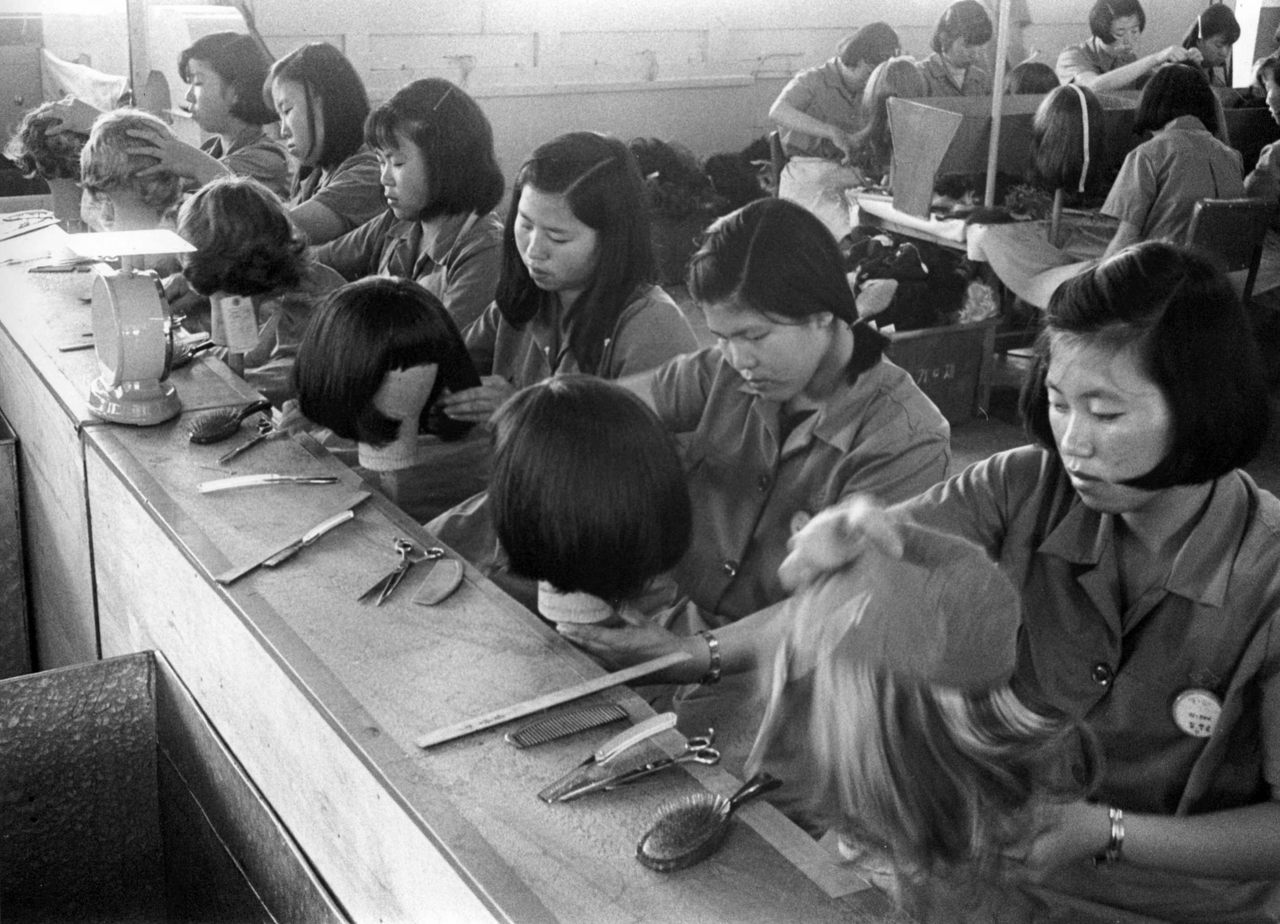The Republic of Korea has had a remarkable economic performance since the early 1960s, achieving per capita income of $27,000 to become the world’s eighth-largest trading nation.
However, the economy’s recent growth performance has been rather disappointing. Gross domestic product (GDP) growth averaged only 4.1% during 2000-2010, marking a significant drop from the average of 7.9% achieved during 1960-2000. Moreover, from 2011 to 2015, the Republic of Korea’s GDP growth averaged only 3.0%. The Organisation for Economic Co-operation and Development (OECD) (2014a) has projected a further decline in the country’s growth rate to around 2.0% in the coming decade.
Some researchers argue that the Republic of Korea’s strong economic performance is an outcome of factor accumulation rather than efficiency improvement (e.g., Krugman, 1994), while others attribute the growth largely to “good fundamentals,” including a high savings rate, strong human capital, maintenance of good institutions, high trade openness, and prudent fiscal and monetary management (e.g., Radelet, Sachs, Lee, 2001; De Gregorio and Lee, 2004).
In particular, trade openness, driven by an outward-looking development strategy, has often been emphasized as a key growth factor, as it has provided access to inexpensive imported intermediate goods, larger markets, and advanced technologies, thereby contributing to rapid productivity growth of the Republic of Korea’s manufacturing industries. The government has also played an important role in promoting export-oriented industrialization, as export-oriented policies designed to offer performance-based incentives for exporters have facilitated continuous upgrading of Republic of Korea firms’ comparative advantage in global markets.
It is debated whether the Republic of Korea’s current slowdown is an indication of a permanent drop in its growth potential. Some scholars believe that the Republic of Korea’s economic downturn will be exacerbated, eventually leading to a situation comparable to Japan’s “lost decades” (Cho, 2014). Others, however, consider that the dynamic forces that have enabled the Republic of Korea’s fast growth—in particular manufacturing exports—remain vibrant; thus, the Republic of Korea can continue its strong growth trajectory aided by appropriate policies (Sharma, 2012).
This study investigates the Republic of Korea’s growth performance and assesses the country’s future growth prospects. The changes in the country’s per capita income and growth rates over the past 5 decades are discussed and compared with Japan. This study also assesses changes in the gap of per worker output between the Republic of Korea and the United States (US) over time and analyzes the extent to which the gap is explained by differences in factor inputs and total factor productivity (TFP).
In addition, the study adopts a general framework of cross-country analysis, putting the Republic of Korea’s experience in a global context, discussing the major factors that enabled the Republic of Korea to achieve strong growth over a half-century yet caused the recent growth slowdown. Further, the study adopts more detailed industry-level data of the Republic of Korea’s economy to assess the imbalance between the manufacturing and services sectors and compares the Republic of Korea’s sector performance with those of the US and Japan.
Thereafter, the study assesses the implications of the empirical findings from the Republic of Korea’s experience for the growth performance and prospects of the People’s Republic of China (PRC).
The PRC’s economic performance since the 1980s has been astonishing—its economy has grown more than 9.5% annually. However, its economy, too, is now slowing; it grew only 6.9% in 2015, the lowest since 1990, and is predicted to grow more slowly in the coming years. Considering the PRC’s influence on the world economy, the future of its growth is of concern to many.
This study analyzes PRC economic growth in the context of global standards as well as the Republic of Korea’s experience. It discusses the changes in the gap of per worker output between the PRC and US over time and compares the performance of the PRC with that of the Republic of Korea for an equivalent period. It also suggests policy measures that the PRC could adopt to sustain strong growth.
